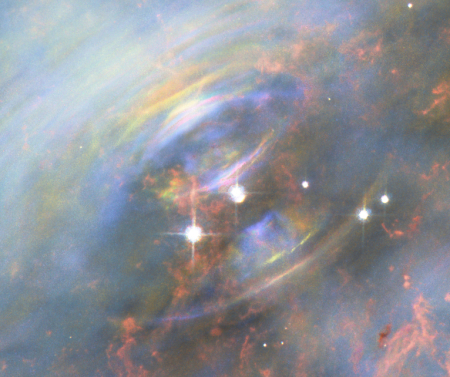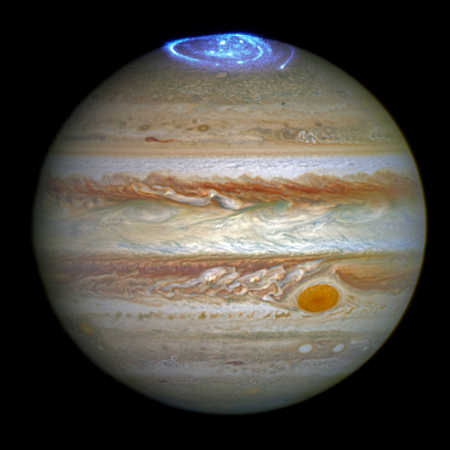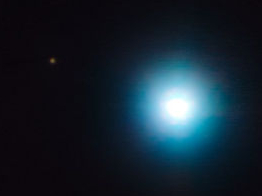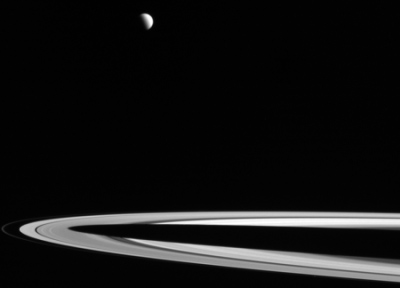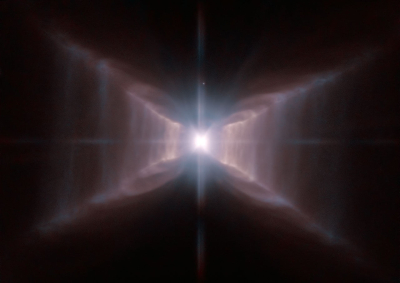Faced with tight budgets, the National Science Foundation (NSF) is considering several options for the future operation of the Arecibo Observatory, the world’s largest single radio telescope dish, including its complete removal.
[T]he NSF could mothball the site, shutting it down in such a way that it could restart (sometime in the future). Or it could dismantle the telescope altogether and restore the area to its natural state, as required by law if the agency fully divests itself of the observatory and closes it. Previous studies have said such a process could cost around $100 million—more than a decade’s worth of its current funding for telescope operations. Jim Ulvestad, director of the NSF Division of Astronomical Sciences, says the agency is still investigating, not concluding. “No alternative has been selected at this juncture,” he says. And much consideration will go into the final financial decision, whatever it may be. Some outside the agency see writing on the wall. “NSF is dead serious about offloading Arecibo funding to someone else—anyone else,” says Ellen Howell, a former staff scientist at Arecibo and now a faculty member at the Lunar and Planetary Laboratory (LPL) in Tucson, Arizona.
The article spends a lot of time talking about how wonderful Arecibo is, but never tells us how many astronomers actually demand to use it. Is it oversubscribed, like Hubble, where five times the number of astronomers request time than can be handled, or does it often sit unused because not enough astronomers require its use? NSF and the government do not have unlimited funds, and need to focus their spending where the demand is. If Arecibo is not in demand, then they are wise to consider closing it, or handing it off to someone who wants it.

